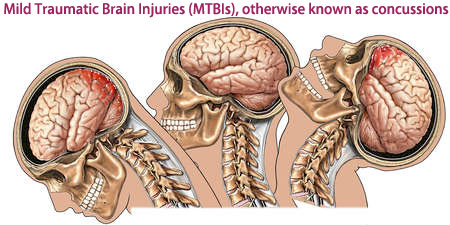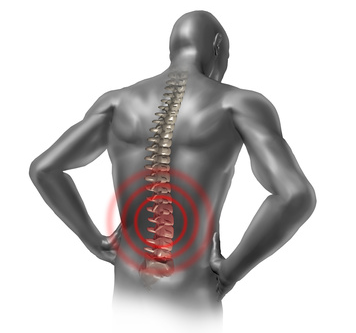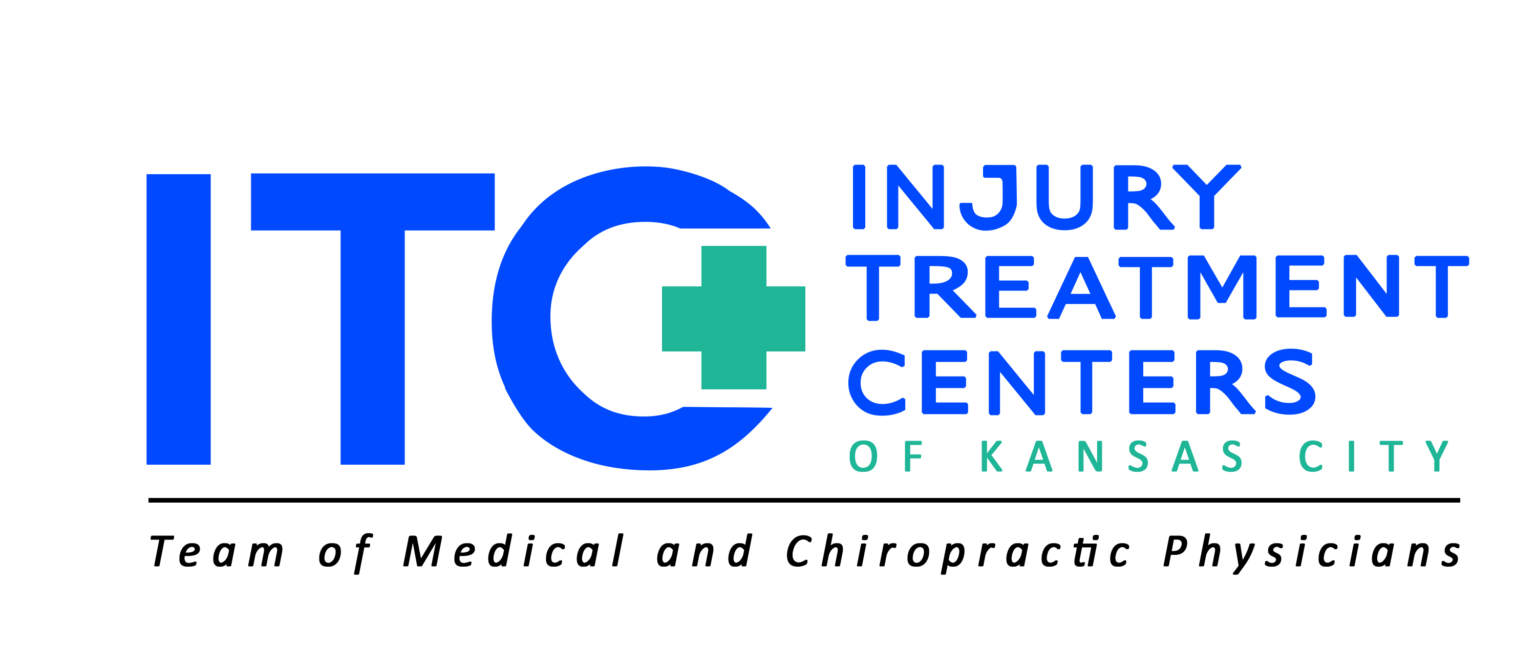The 3 Phases of Healing
Acute and Sub-acute Inflammatory Responses
Soft-tissue Injury Repair and Reconstruction
Rehabilitation and Strengthening
Mechanism of Injury Explained By Dr. Zafer
Car accidents over 10 MPH may cause microscopic injuries to the brain, spine, nerves and joints
Don’t assume you are injury-free just because you lack severe pain or immediate symptoms like headaches. Injuries to your brain, spine, and joints might not show up right away, but if left untreated, they can lead to serious complications, irreversible damage, and worsening pain over time. That’s why the US government mandates auto insurance companies to compensate victims of car accidents with significant amounts of money, covering medical benefits, lost wages, and cash settlements.
To evaluate injury claims, insurance companies use over 88 different software programs, causing confusion for providers unfamiliar with this process. The key to optimal healing and securing your finances lies in choosing the right team of experienced doctors and providers who understand this field.
ITC Is One of the Leading Diagnostic and Treatment Center
Please ask your doctor, your attorney, or one of our patients about ITC and how credentialed we are. Or, just come in for a free consultation!
Ready to take the next step?
Request an appointment.
What happens to me after a Car Accident?
Crashes of 10MPH or greater may cause MICROSCOPIC injuries to the brain and spine. These microscopic injuries have 2 characteristics:
1) Injuries are typically SILENT, meaning victims don’t experience a lot of aches and pains for several months after the accident.
2) Injuries are typically HIDDEN, meaning most of the injuries do not show in MRIs, CT scans and other diagnostic modalities.
Even at low speeds, the impact can lead to microscopic damage in these vital areas. The importance of recognizing the potential risks associated with even minor collisions and emphasizes the need for precautionary measures to protect against such injuries.
How and why car accident causes Traumatic Brain Injuries?
Mild to Moderate Traumatic brain injuries are commonly caused from car accidents over 10 MPH.
Traumatic Brain Injuries (TBI) is caused from:
1) Direct impact:Hitting your head against an object inside the vehicle such as the steering wheel, window, windshield, door or dashboard.
2) Coup contrecoup mechanism of injury. Meaning your brain is strikes against the inside surfaces of your skull. As the brain bounces off it continues to strike the inner skull until the inertia ends. May cause multiple
In most cases, TBI happens from both mechanisms; hitting the head against something and when brain is striking against the inner wall of the skull (coup-contrecoup).

What are the most common symptoms associated with mild-Brain injuries?
✓ Headaches
✓ Sleep loss
✓ Imbalance
✓ Dizziness
✓ Mood swing
✓ Blurred vision
✓ Neck pain
✓ Memory issues
✓ Ringing in ears
✓ Anxiety
✓ Nausea/vomiting
✓ Taste and smell

What are the most common symptoms associated with spine injuries?
✓ Neck pain
✓ Jaw pain
✓ Face pain
✓ Midback pain
✓ Rib pain
✓ Chest pain
✓ Lower back pain
✓ Hip pain
✓ Pelvic pain
✓ Shoulder pain
✓ Pain, numbness and tingling
in arms and hand
✓ Pain, numbness and tingling
in legs and feet



